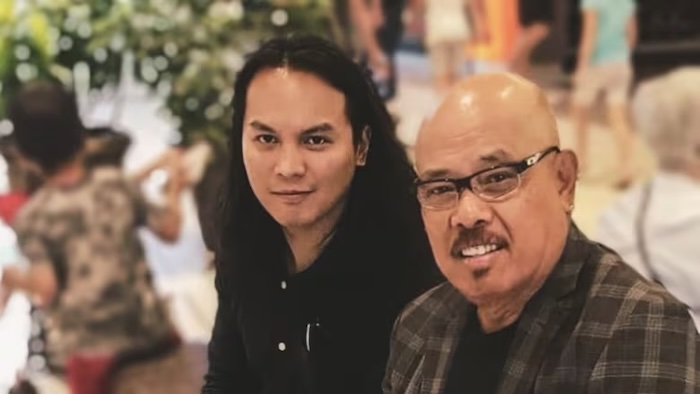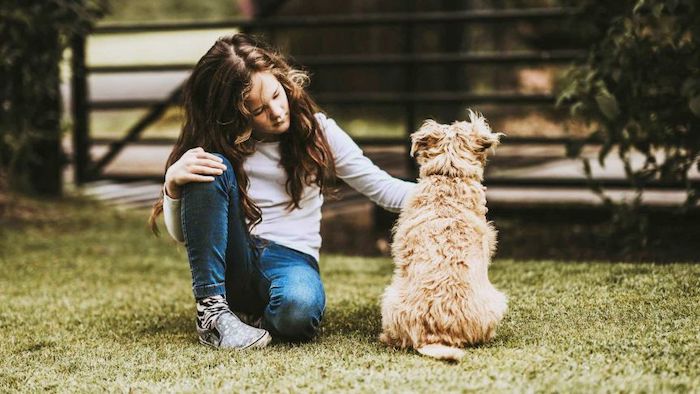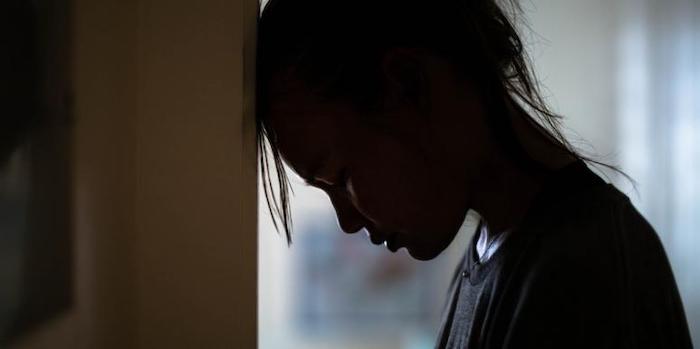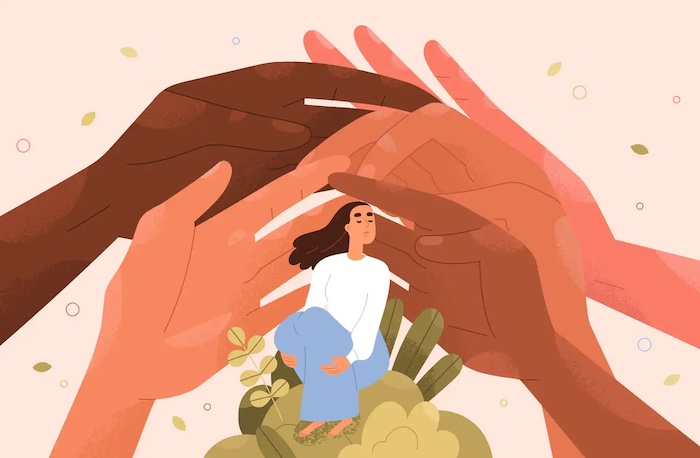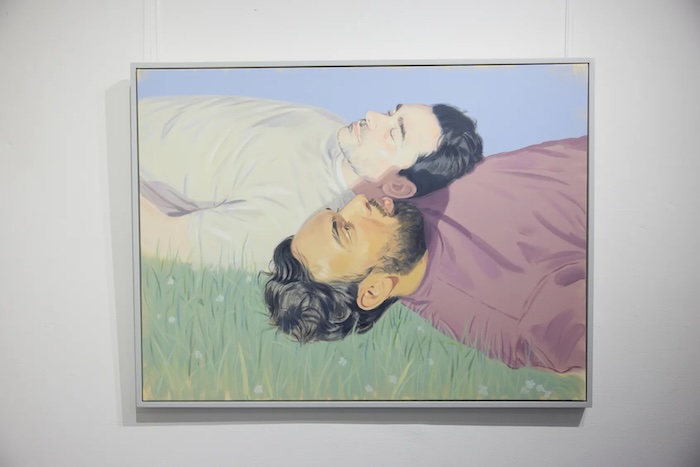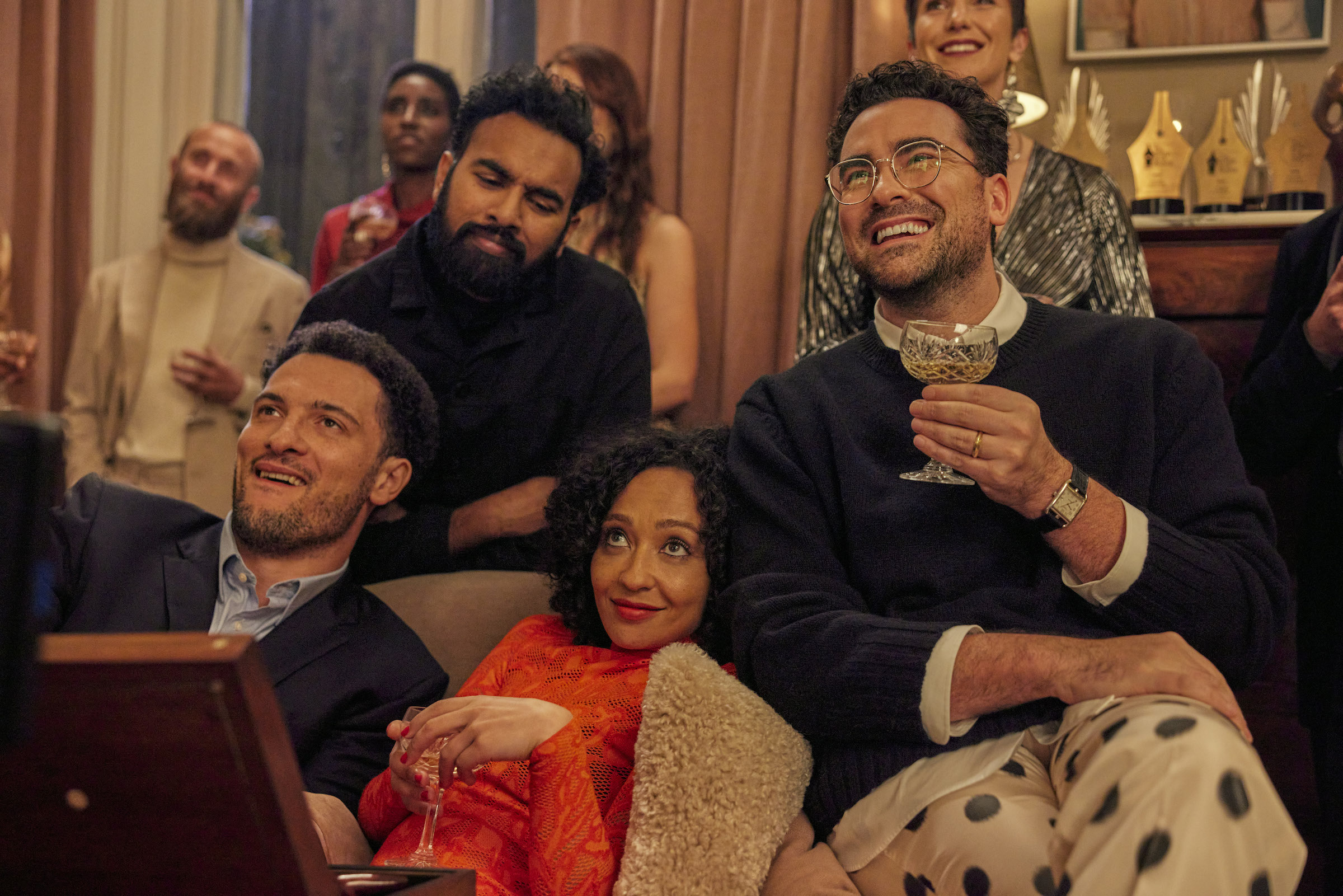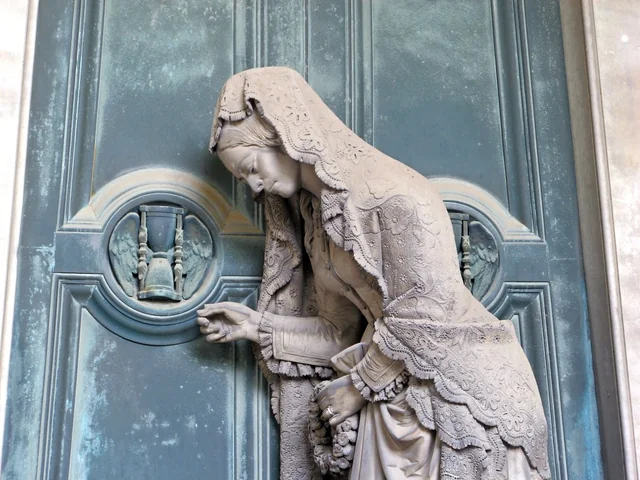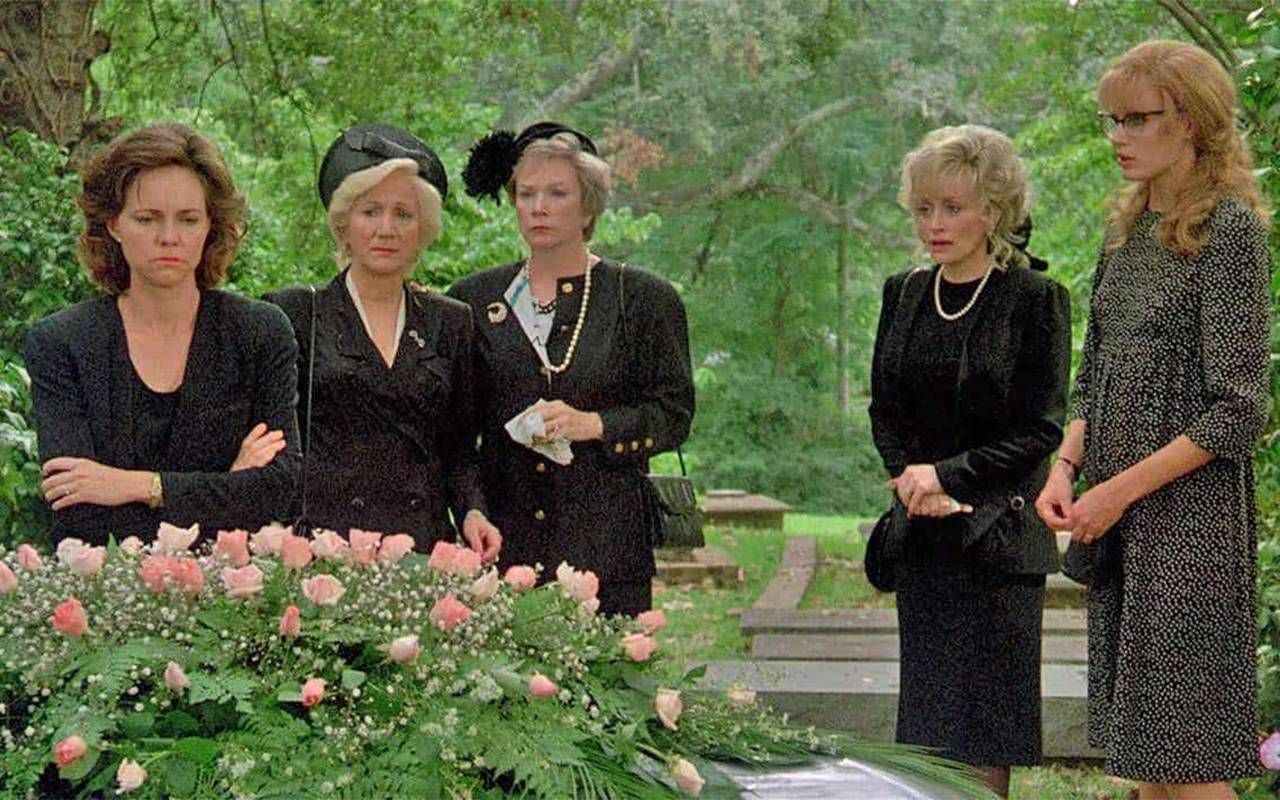— I know I’m not alone.
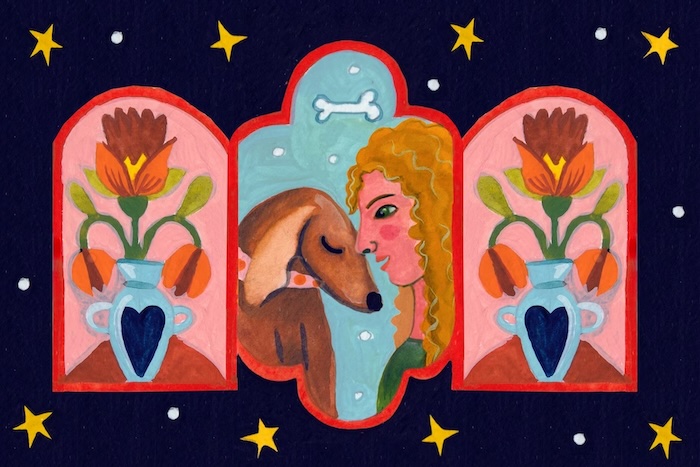
Our relationships with animals can be as strong as those we have with humans, and far less complicated
By Marlene Cimons
The most searing memory of my childhood was the day my mother finally agreed to get us a puppy, only to change her mind several hours later. She decided it would be too much work. Growing up, all I ever wanted was a dog or a cat. All I ever got was a turtle, countless goldfish and two parakeets.
Not surprisingly, the first thing I did after leaving home was get a kitten, a half-Siamese who lived to nearly 20, then a Burmese who made it to 17. When my kids were old enough — 10 and 13 — we got a chocolate lab puppy, as much for me as for them. The kids grew up and left, but Hershey stayed. She was my first dog and — with no husband or partner — my best friend.
The years brought a half-dozen more cats and two more dogs, Watson, a black lab then age 6 months, and Raylan, a yellow shepherd mix, who, at 4 years old, arrived with a BB pellet in his leg and a clear case of post-traumatic stress. With patience and love, Ray morphed from a fearful defensive stray into a devoted and trusting companion.
Today I live with Watson, now 10, the king of fetch, a mama’s boy who follows me everywhere; Chloe, 15, a long-haired part-Maine Coon cat, who loves dogs more than other cats; and Zachy, 10, a gray and black tabby obsessed with food — and my socks. All are rescues.
It was predictable after my pet-deprived youth that I would have animals. What surprised me was the intensity of my feelings for them, and how much my relationship with them would come to define my life.
I was paralyzed with grief and guilt (did I do the right thing?) when Hershey, at 13, was diagnosed with an advanced untreatable cancer and I had to let her go. Similarly, I fell apart after Raylan, then 12, and two of the cats, Max, almost 18, and Leo, 15, also developed cancer, and — in a recent short time span — were gone. Today I feel intermittent anxiety about Watson, Chloe and Zachy, the scientific term being anticipatory grief.
Social media is rife with personal stories of the animal/human bond, especially how difficult it can be to say goodbye. Our relationships with our pets often are as strong as and sometimes stronger than, those we have with our humans, and far less complicated. This may explain our deep connection with them.
“Often, pets are our first or even only chosen family when we leave childhood homes, when we live alone, when our children leave, when we go through breakups,” says Marjie Alonso, former executive director of the International Association of Animal Behavior Consultants and the IAABC Foundation. “Our pets provide a steady, stable presence in a way humans do not.”
Researchers sometimes use attachment theory to describe this bonded relationship between humans and their pets, which holds that humans are born with an innate need to bond with a caregiver, usually their mother. “For many pet owners, the attachment relationships we develop are as emotionally close and similar in intensity as a human attachment,” says Michael Meehan, a senior lecturer in veterinary science at Massey University in New Zealand. “Our pets also display the same attachment behavior toward us.”
Sandra McCune, visiting professor in human-animal interaction in the schools of psychology and life sciences at the University of Lincoln in England, agrees. “It may be that companion animals have hijacked our innate desire to form attachments,” she says. “They depend on us like a child that never grows up.”
My companion animals make up the rhythm of my days — and nights. It’s not just the walk/runs with Watson, or his endless preoccupation with tennis balls, or ensuring Chloe gets her medicines on time, and that Zachy has the special food he needs to prevent urinary blockages.
It’s also those exquisitely sweet moments: Watson, warm against my back while I sleep, and Chloe, who starts on my stomach, then moves into the crook of my arm when I shift. Zachy, still dog-wary, stays downstairs overnight, but waits at the bottom of the steps and demands breakfast as soon as he hears us stir.
“Pets tend to be always the same, even on good and bad days, reliably who they are and reliably ours in our relationship with them,” Alonso says. “Their own needs and wants are fixed around food, enrichment and care, focusing on us, rather than ‘Is my promotion going to come through?’ ‘You forgot our anniversary,’ or, ‘What do you want for dinner?’”
Emily Bray, assistant professor of human-animal interaction in the University of Arizona College of Veterinary Medicine, agrees. “When they are tuned into us, you have their full attention. They are not texting on their phones,” she says.
My children have their own lives now — and their own cats — and make their own decisions. But pets need us to make choices for them, even when it isn’t easy. “Pet owners have to decide when the time comes for euthanasia, which often complicates grief and doesn’t often exist in relation to human death,” says Meehan, also a pet grief counselor. “Unlike human death, there are no traditional rituals or protocols in place to memorialize a pet.”
McCune calls anticipatory grief a normal response to the prospect of loss. “It’s part of the love you have for them,” she says. “Enjoy them while you have them, make and keep memories for when they go. There are just some very special dogs and cats, the ones that steal your heart, that you constantly involve in your life, and that you change your life for.”
That has been true for me and, as it turned out, for my parents, too. Years after my brothers and I moved out, my sister-in-law gifted my parents, then in their 70s, with their first dog, a cocker spaniel puppy.
Too much work? Maybe. But they were too smitten to care.
Complete Article ↪HERE↩!

